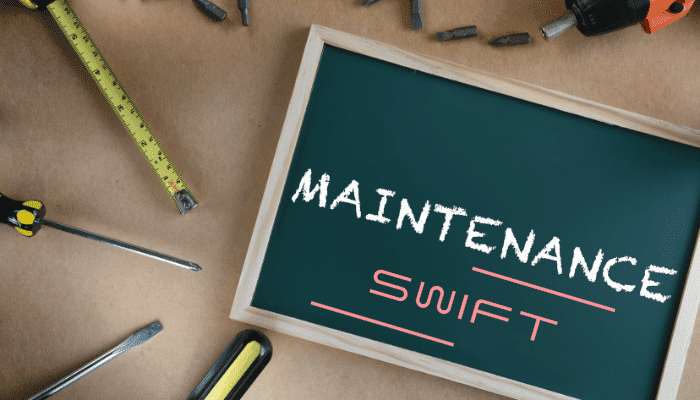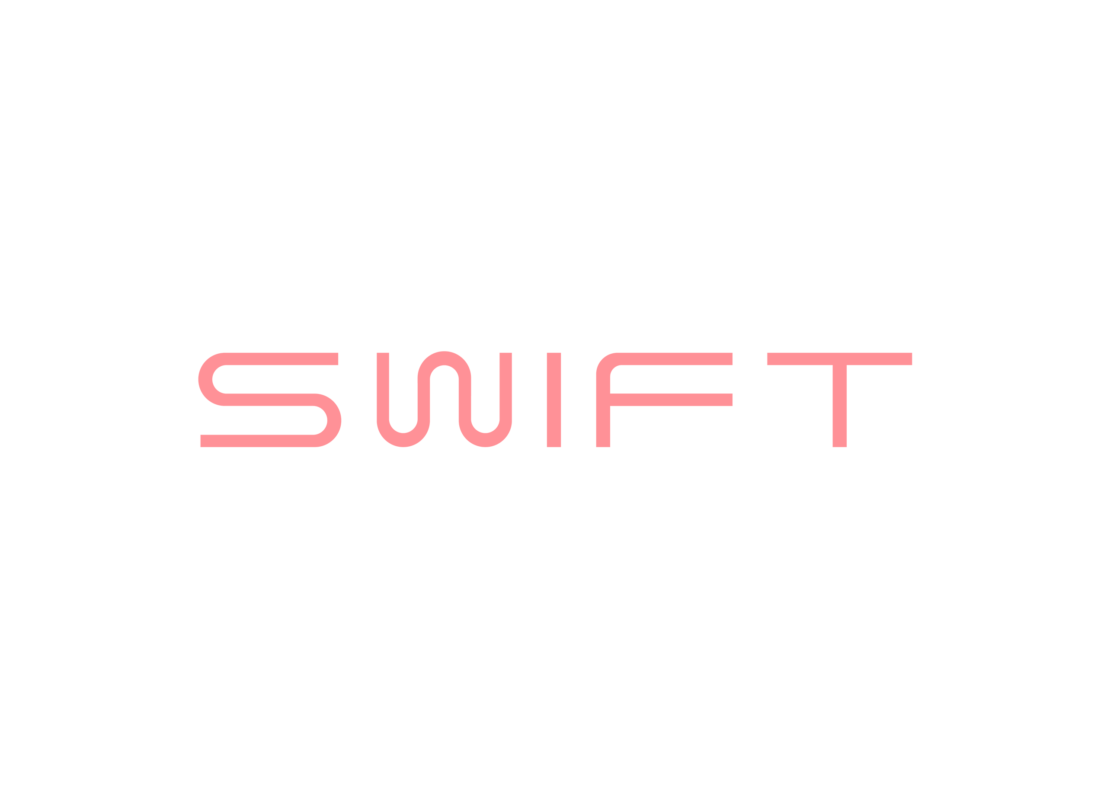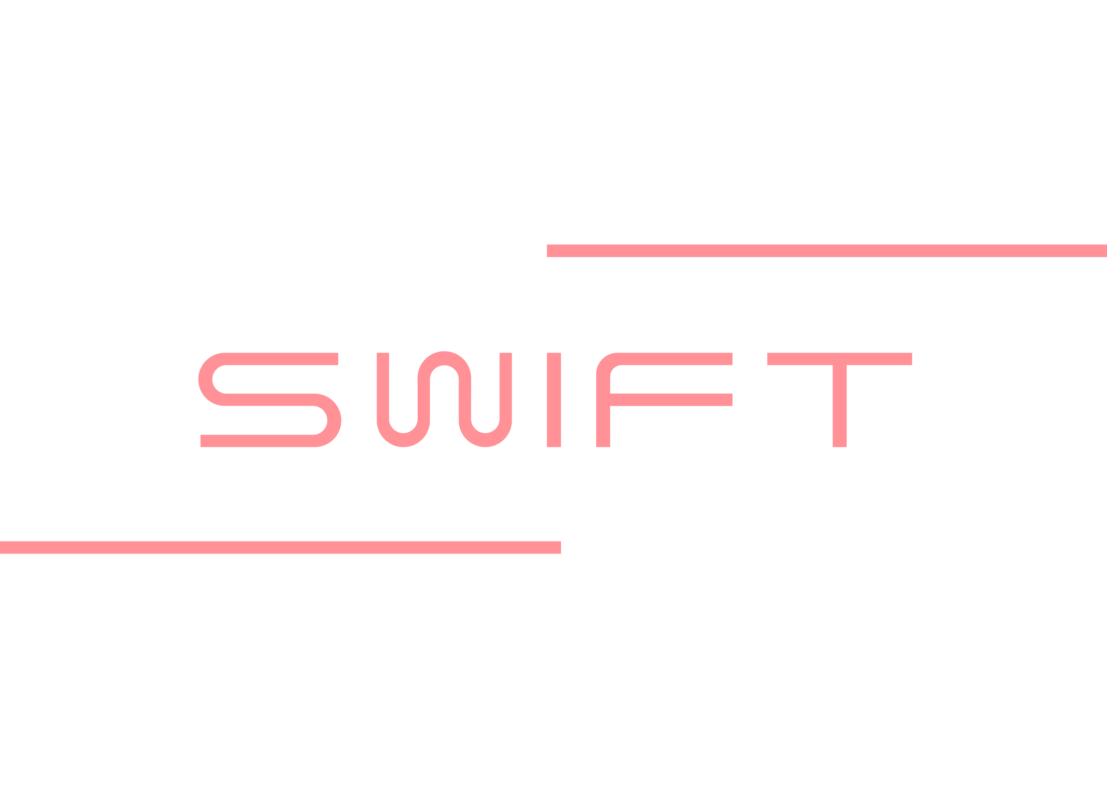
Regular elevator maintenance and servicing are essential for ensuring any lift system’s safety, reliability, and efficiency. Whether you are managing a residential, commercial, or industrial property, maintaining your lift is crucial for preventing breakdowns, ensuring smooth operations, and extending the life of the lift. Understanding the costs associated with lift maintenance can help you plan better and avoid unexpected expenses. This guide will explore the factors influencing the cost of elevator maintenance and servicing, what tasks are involved, and how to manage expenses effectively.
What Is Lift Servicing?
Lift service involves routine checks and scheduled maintenance tasks to ensure the lift operates safely and efficiently. During a servicing appointment, a qualified technician will inspect the key components of the lift, including the motor, control systems, doors, cables, and safety features. Regular servicing is vital for identifying potential issues before they lead to costly repairs or accidents. Typical tasks during servicing include:
- Inspecting and lubricating mechanical parts.
- Checking the condition of cables and pulleys.
- Testing safety mechanisms such as emergency brakes.
- Examining the electrical systems for any faults.
- Ensuring the lift is compliant with local safety regulations.
- Regular elevator servicing helps maintain optimal performance, reducing the likelihood of breakdowns and ensuring the lift’s reliability.
What Is Elevator Maintenance?
Lift maintenance can be broken down into two types: preventive and corrective.
- Preventive Maintenance: This involves scheduled maintenance tasks that aim to prevent issues before they arise. Preventive maintenance helps keep the lift system functioning smoothly and identifies worn-out parts that need replacement.
- Corrective Maintenance: Corrective maintenance is necessary when something goes wrong with the lift. This type of maintenance addresses immediate problems, such as malfunctioning doors or motor issues. Corrective maintenance is often more expensive than preventive maintenance, which involves repairing or replacing damaged components.
Both types of maintenance are crucial for ensuring the longevity of the lift and keeping it safe for users.
Factors Influencing the Cost of Elevator Service and Maintenance
Type of Lift
The type of lift installed in your building will significantly impact the service and maintenance costs. Residential lifts, commercial elevators, and industrial freight lifts have different mechanisms, components, and levels of complexity.
- Residential Lifts: These tend to be smaller and simpler in design, resulting in lower servicing and maintenance costs than commercial or industrial lifts.
- Commercial Lifts: With heavier usage and more advanced systems, commercial elevators require more frequent servicing and maintenance, leading to higher costs.
- Industrial Lifts: Freight elevators or industrial lifts are built to handle heavy loads, requiring specialized maintenance, which can drive up costs.
Frequency of Service
How often you service your lift will also affect overall costs. High-traffic buildings may require more frequent servicing, while residential elevators with lower usage might need fewer maintenance appointments. Following the manufacturer’s recommended service intervals is essential to avoid voiding warranties or facing costly repairs due to neglected maintenance.
Repair Needs
Well-maintained elevators tend to have fewer repair needs. However, as the lift ages or if regular maintenance is overlooked, parts may wear out, leading to breakdowns and more expensive repairs. Unexpected issues like motor failure, door malfunctions, or control system breakdowns can increase costs significantly. If your elevator requires replacement parts, the type and availability of those parts will also influence the overall repair cost.

Typical Costs for Lift Servicing and Maintenance
Regular Servicing Costs
The cost of elevator maintenance can vary depending on several factors, such as the type of lift, its age, and its location. It is important to note that these prices may vary based on your service provider and any additional tasks needed during routine servicing.
Repair Costs
If your lift requires repairs, the costs will vary based on the complexity of the issue and the parts needed for replacement. Unplanned repairs can be costly, so regular servicing is important to prevent small issues from escalating into major problems.
Additional Costs
Other costs to consider when budgeting for lift maintenance include:
- Emergency Call-Out Fees: If your lift breaks down outside of regular servicing hours, you may need to pay an additional fee for an emergency technician visit.
- Spare Parts: The cost of spare parts may be higher if your lift is older or uses rare components.
- Regulatory Inspections: In some cases, you may be required to have your lift inspected by a government authority to ensure it meets safety standards, which can come with inspection fees.
Tips for Managing Lift Maintenance Costs
Choosing the Right Lift Service Provider
Selecting a reliable and experienced elevator service provider is key to managing lift maintenance costs effectively. Here’s what to look for in a service provider:
- Choose a company with a strong track record in lift maintenance and repairs. Look for certified and experienced technicians to handle your specific type of lift.
- Some providers offer service packages that include preventive maintenance and emergency repairs, which can save money in the long run.
- Get detailed quotes from multiple providers to compare pricing and services. Ensure there are no hidden costs, and ask about warranties on parts and labor.
Preventive Measures
Preventive maintenance is one of the best ways to save money on lift servicing. By addressing minor issues early on, you can avoid expensive repairs later. Here’s how regular maintenance helps:
- Extends the Life of Your Lift: Regular maintenance ensures that components are in good condition, preventing premature wear and tear.
- Prevents Breakdowns: Catching issues early means that your lift is less likely to break down, reducing the need for costly emergency repairs.
- Improves Efficiency: Well-maintained lifts run more efficiently, reducing energy consumption and lowering operating costs.
Conclusion
At SWIFT Lifts, we understand that lift servicing and maintenance are crucial for ensuring the safety and longevity of your lift system. Our expert team is equipped to handle all types of lifts, offering tailored maintenance plans that fit your needs and budget. Regular servicing with SWIFT Lifts helps prevent breakdowns and costly repairs, ensuring your lift operates smoothly. By choosing us, you’re partnering with a reliable service provider committed to keeping your lifts in optimal condition with our top-tier maintenance practices.
FAQs
Typical costs for lift servicing can vary widely depending on factors like the type of lift and the level of maintenance required. Residential lifts tend to be on the lower end of the price spectrum, while commercial and industrial lifts usually involve higher costs.
Depending on the usage and type of lift, maintenance should be scheduled at least twice a year.
Unusual noises, slow operation, frequent breakdowns, and malfunctioning doors are common signs that your lift may need repair.
Yes, following a regular preventive maintenance schedule and addressing issues early can reduce the likelihood of costly repairs.
Look for experience, comprehensive service packages, transparent pricing, and customer reviews to ensure you select a reliable service provider.
Get In Touch










